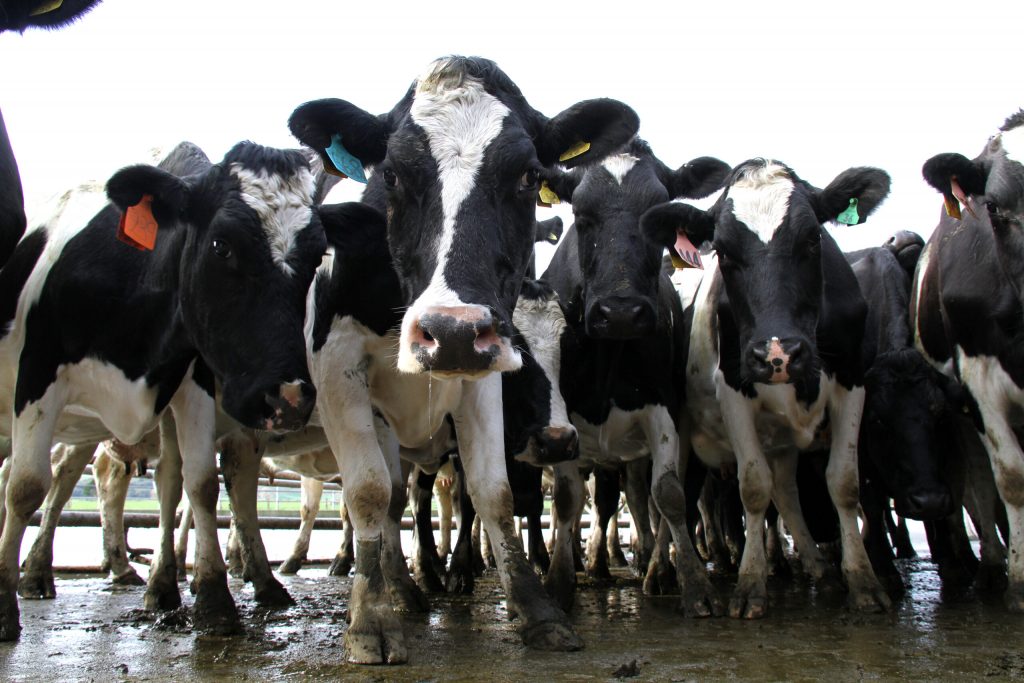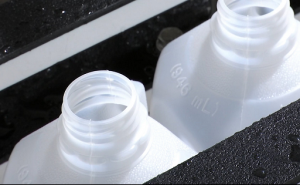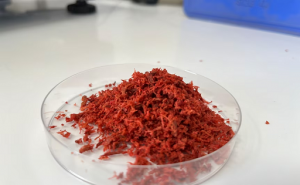
Dairy cull cows marketed through U.S. slaughter plants lowest since July 2006 and may lead to increases in July milk production and cow numbers.
The slowdown in dairy cull cow marketing is being driven by a smaller milking herd, limited availability of replacement heifers to maintain full barns and slight improvements in milk income margins.
Based on latest USDA monthly data released July 25, the number of dairy cull cows marketed through U.S. slaughter plants in June 2024 was estimated at 186,400. While down 29,600 from May, it was 69,300 fewer than June 2023 and the lowest total since May 2008.
Through July 13, USDA Ag Marketing Service estimates indicate the number of dairy cows marketed for beef has now trailed year-ago levels for 45 consecutive weeks, dating back to Sept. 9, 2023, and was down about 332,000 from the same period a year earlier.
June 2023 had 26 non-holiday weekdays and Saturdays while June 2024 had 25 days. Slaughter averaged 10,200 head per business day this year, down about 1,300 from a year earlier.
The USDA estimated there were 9.335 million dairy cows in U.S. herds in June 2024, up 2,000 from the revised May estimate and putting the June culling rate at about 2% of the herd. Based on the monthly data, year-to-date (January-June) dairy cull cow slaughter now stands at about 1,388,200 head, down 230,700 from the same period a year ago and the lowest six-month total to start the year since 2010. Despite sky-high prices, the lower pace of culling may lead to increases in July milk production and cow numbers.
Heaviest dairy cow culling during June occurred in the Upper Midwest (Illinois, Indiana, Michigan, Minnesota, Ohio and Wisconsin) at 48,800 head. That was followed in the Southwest (Arizona, California, Hawaii and Nevada) at 41,600 head.
Other monthly regional totals were estimated at 28,400 head in Delaware, Maryland, Pennsylvania, West Virginia and Virginia; 21,900 head in Alaska, Idaho, Oregon and Washington; and 21,800 head in Arkansas, Louisiana, New Mexico, Oklahoma and Texas.
Primary data for the USDA’s Livestock Slaughter report is obtained from reports from about 900 federally inspected plants and nearly 1,900 state-inspected or custom-exempt slaughter plants.
You can now read the most important #news on #eDairyNews #Whatsapp channels!!!
🇺🇸 eDairy News INGLÊS: https://whatsapp.com/channel/0029VaKsjzGDTkJyIN6hcP1K























